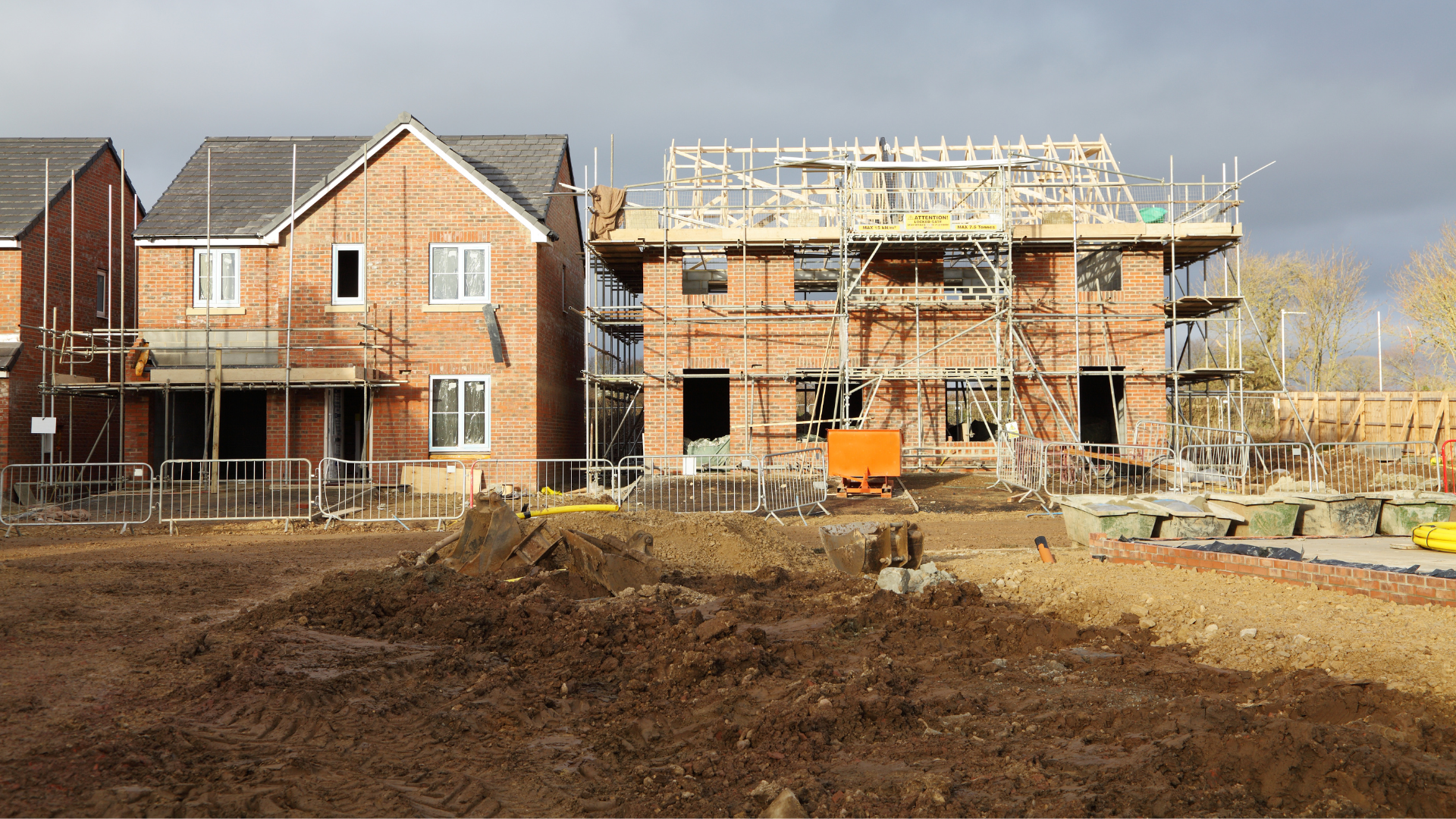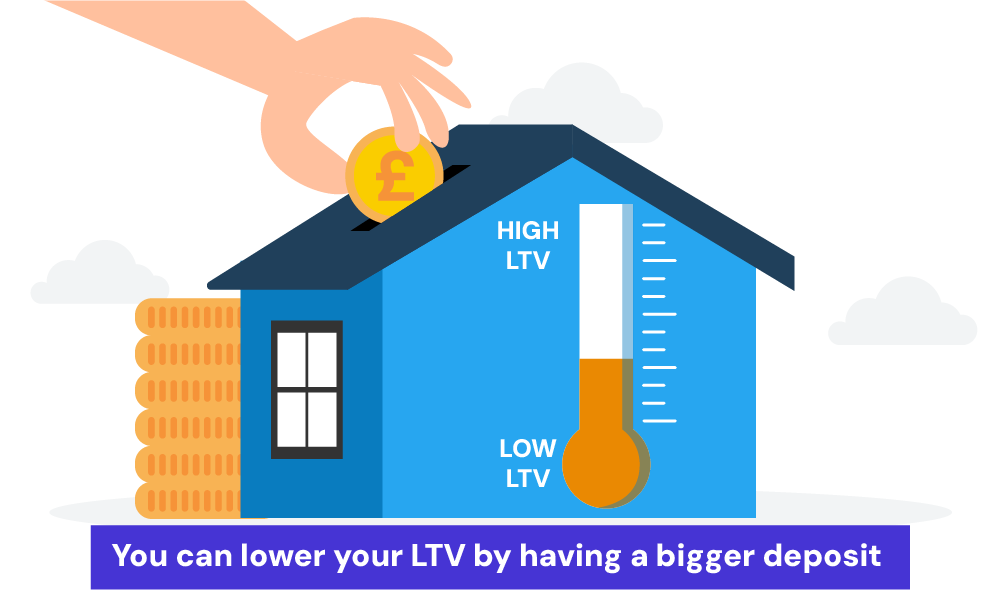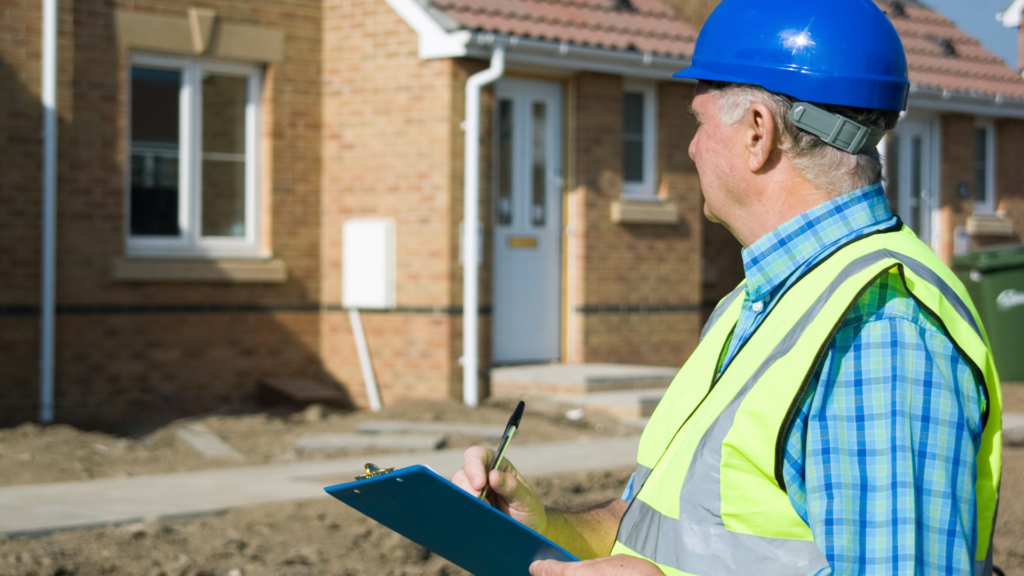- Why Is It So Hard to Get a Mortgage on a Concrete House?
- What Types of Concrete Houses Are We Talking About?
- The Pros and Cons of Buying a Concrete Property
- Specific Mortgage Eligibility Criteria for Concrete Properties
- How Can You Make a Concrete House Mortgageable?
- Which Lenders Will Consider a Mortgage for Concrete Houses?
- Key Takeaways
- The Bottom Line: Should You Buy a Concrete House?
Can You Get A Mortgage On A Concrete House? A Full Guide

You might have your heart set on a concrete house, but you’ve heard getting a mortgage for one can be a bit more complicated.
The truth is, while securing a mortgage for a concrete property isn’t always as simple as it is for traditional brick homes, it’s certainly possible.
With a few extra steps and the right approach, you can make it happen.
In this guide, we’ll walk you through everything you need to know, from understanding why lenders are cautious to tips for improving your chances of getting approved.
Why Is It So Hard to Get a Mortgage on a Concrete House?
Yes, getting a mortgage for a concrete property is more challenging than a standard brick and mortar house.
But why? It comes down to structural issues.
Concrete houses, especially those built after WWII, have a design flaw. The steel reinforcement bars inside the concrete tend to corrode over time.
Imagine rusty metal inside concrete—not ideal, right? This corrosion affects the structure, which makes lenders nervous.
They worry about whether the property will last, how much it will cost to repair, and if it will keep its value. If the banks are worried, they’re less likely to lend you money.
But don’t give up just yet. As we’ve discussed, getting a mortgage on a concrete house is possible. You might need to go through a few extra steps, but many people have done it.
What Types of Concrete Houses Are We Talking About?
Not all concrete homes are created equal, and this matters because some are easier to get a mortgage for than others. Let’s break it down:
- Cornish Units. These are well-known in Cornwall and were built post-WWII for returning soldiers. Here’s the catch—many lenders consider them unmortgageable unless they’ve had some major refurbishment work done. You’ll need these properties to be renovated under an approved scheme to stand a chance of getting that mortgage.
- Wimpey No Fines. These properties were also constructed after WWII and are called “No Fines” because they didn’t use fine sand or gravel in the mix. Fun fact, they’re actually pretty well insulated. However, they do face structural concerns. The good news? Getting a Wimpey No Fines mortgage is doable if structural repairs have been done, backed up by a PRC (Precast Reinforced Concrete) Certificate.
- Poured Concrete House. These homes were made by pouring concrete into moulds right at the building site. It’s the classic “get everything done in one place” method. These are generally more mortgageable than some other types, as long as the structure is still sound.
- Reema, Hawksley, Woolaway, and others. There are other styles like Reema and Woolaway that each come with their own quirks. Some were meant to be “temporary” housing, but many are still standing today. Renovation is often needed, and you’ll want to get a PRC Certificate to help secure that mortgage.
- Ex-Council Properties. Many concrete houses were built by local councils, especially after WWII. These are often leasehold, and if they’re in high-rise blocks or have unusual layouts, getting a mortgage can be even harder. Lenders may also be cautious if neighbouring properties haven’t had necessary repairs.
The Pros and Cons of Buying a Concrete Property
Here are the pros and cons to consider before buying a concrete property:
Pros:
- Cheaper to Buy (Sometimes). Concrete houses can be a bit cheaper to buy than brick homes, especially if they’re older. But remember, this upfront saving might not last if you have to spend on repairs.
- Keeps You Warm. Some types of concrete homes, like Wimpey No Fines, are built with decent insulation. That means they can stay warm in winter and cool in summer without you cranking up the heating or air-con.
- Tough and Long-Lasting. Concrete is a sturdy material that can handle rough weather and wear over time. If looked after properly, these houses can last for ages.
- Unique Character. Many concrete houses were built after WWII, so they often have a bit of history and charm. If you like homes with a story, this might be a plus.
Cons:
- Harder to Get a Mortgage. Lenders see concrete houses as a bit of a risk, so you might find it trickier to get a mortgage. They could ask for a bigger deposit, a detailed survey, or even repairs before they’ll lend you money.
- Possible Structural Issues. A lot of older concrete houses have problems with the steel inside them rusting. This can cause cracks and weaken the structure, which could be expensive to fix.
- Fewer Lender Options. Not every lender is keen on giving mortgages for concrete homes. Those that do might offer higher interest rates or stricter terms, making it more costly in the long run.
- Costly Repairs. Depending on the house, you might have to do some major repairs, especially if there are structural issues. This can take time and money, eating into any savings you had when buying the house.
- Harder to Sell. Concrete houses can be tough to sell later on. Future buyers might struggle with the same mortgage and repair issues, which could lower the value or make it take longer to sell.
Specific Mortgage Eligibility Criteria for Concrete Properties
To increase the chances of getting your mortgage approved, you need to meet certain eligibility criteria:
- Adjoining Properties. If your concrete house is semi-detached or part of a terrace, lenders often require that the neighbouring properties have also had necessary repairs under an approved scheme.
- Income and Deposit. Some lenders will only consider certain types of income, like salary, while excluding bonuses or commissions. Having a larger deposit can also make your application more attractive to lenders.
- Age Restrictions. Most lenders have a minimum age of 21 for applicants. Maximum age limits can vary, with some lenders extending up to age 80.
- Property Height. PRC properties taller than two storeys are less likely to be approved for a mortgage, even if they’ve been repaired.
- Property Type. Some lenders will only accept certain property types. For example, houses and bungalows are generally more acceptable than flats or maisonettes.
- Credit History. A strong credit history is essential. If you’ve had issues in the past, it may make getting a mortgage more difficult.
How Can You Make a Concrete House Mortgageable?
If you’ve fallen in love with a concrete house, here’s how to secure a mortgage:
- Get a Structural Survey – This is a must. Before any lender will even consider giving you money, you’ll need a detailed structural survey. It’s like getting a thorough check-up for the house—it shows the lender that the building is still safe.
- Carry Out Repairs – If the survey finds issues, don’t panic. The house might just need some repairs. Fixing structural problems, especially reinforcing or removing concrete pillars, can make the property more acceptable to lenders. For many types, getting a PRC Certificate after repairs is key.
- Deposit and Loan-To-Value (LTV) Ratio – Be ready to put down a larger deposit than usual—typically between 20% to 30%. Lenders are cautious and want to lower their risk. A bigger deposit means a lower LTV ratio, which makes lenders more comfortable.
- Use a Specialist Broker – This is where you bring in the experts. A specialist broker can help match you with a lender who is willing to finance a concrete house. Their knowledge can make a big difference. Brokers can also identify which lenders are most comfortable with specific concrete house types, saving you time and effort.

Which Lenders Will Consider a Mortgage for Concrete Houses?
While fewer lenders are willing to provide mortgages for concrete houses, some are still open to it. Lenders like NatWest, TSB, Halifax, Barclays, and Nationwide have been known to offer loans on concrete construction homes.
However, the terms might not be as favourable—you could face higher interest rates or need a larger deposit.
Using a broker can help you find the best available deal.
Key Takeaways
- Getting a mortgage for a concrete house can be more challenging due to structural concerns, especially with older builds.
- Types of concrete homes like Cornish Units, Wimpey No Fines, and poured concrete houses vary in mortgage eligibility. Renovations and PRC Certificates can help.
- Benefits include potential lower purchase price, good insulation, and durability; drawbacks involve possible repair costs, resale challenges, and limited lender options.
- To improve mortgage chances, arrange a structural survey, complete necessary repairs, save a larger deposit, and use a specialist broker.
The Bottom Line: Should You Buy a Concrete House?
Buying a concrete house depends on your personal preference and situation.
If you’re the type of person who loves character and history, and you don’t mind jumping through a few hoops, then a concrete property could be a great option.
They’re often more affordable than standard builds and can be a fantastic project if you’re up for a bit of renovation work.
Plus, some of these homes have really interesting features that make them stand out from the typical new builds you see today.
That said, if you’re looking for a hassle-free buying process, then maybe a concrete house isn’t for you.
You’ll need to deal with surveys, potentially significant repairs, and fewer mortgage options. If that sounds like a nightmare, then you might want to look at more conventional properties.
A good mortgage broker can make the process much easier. Here’s what they can do for you:
- Find you mortgage deals for non-standard properties like concrete houses
- Match you with lenders who offer flexible deals for concrete builds
- Guide you through all the paperwork
- Help you get the best possible mortgage rates
- Save you time and stress by providing you high-quality financial advice
If you’re ready to explore your options, get in touch. We’ll connect you with a qualified mortgage broker who specialises in concrete properties.
Get Matched With Your Dream Mortgage Advisor...

Frequently asked questions
Can I get a mortgage on a concrete house in the UK?
Yes, but it’s often more difficult compared to a standard property. You’ll need a structural survey, and some lenders may require significant renovations to approve a mortgage.
Why are Cornish Units unmortgageable?
Cornish Units are often unmortgageable because of structural issues with the concrete panels used in construction.
If they haven’t been refurbished under an approved scheme, lenders see them as too high risk.
What types of concrete construction are easiest to get a mortgage for?
Poured concrete houses are generally considered easier to mortgage than other types like PRC or Wimpey No Fines, as they tend to have fewer structural issues.
How long does a concrete house last?
A well-built and properly maintained concrete house can last between 50 to 100 years.
The lifespan depends on the quality of the construction, the materials used, and ongoing maintenance. Regular inspections and timely repairs can help extend the life of a concrete house.
Is it healthy to live in a concrete house?
Yes, living in a concrete house is generally healthy. Concrete itself does not pose health risks.
But, it’s important to keep the structure well-maintained to avoid problems like dampness, which could lead to mould. Proper ventilation and regular maintenance will help ensure a healthy living environment.




